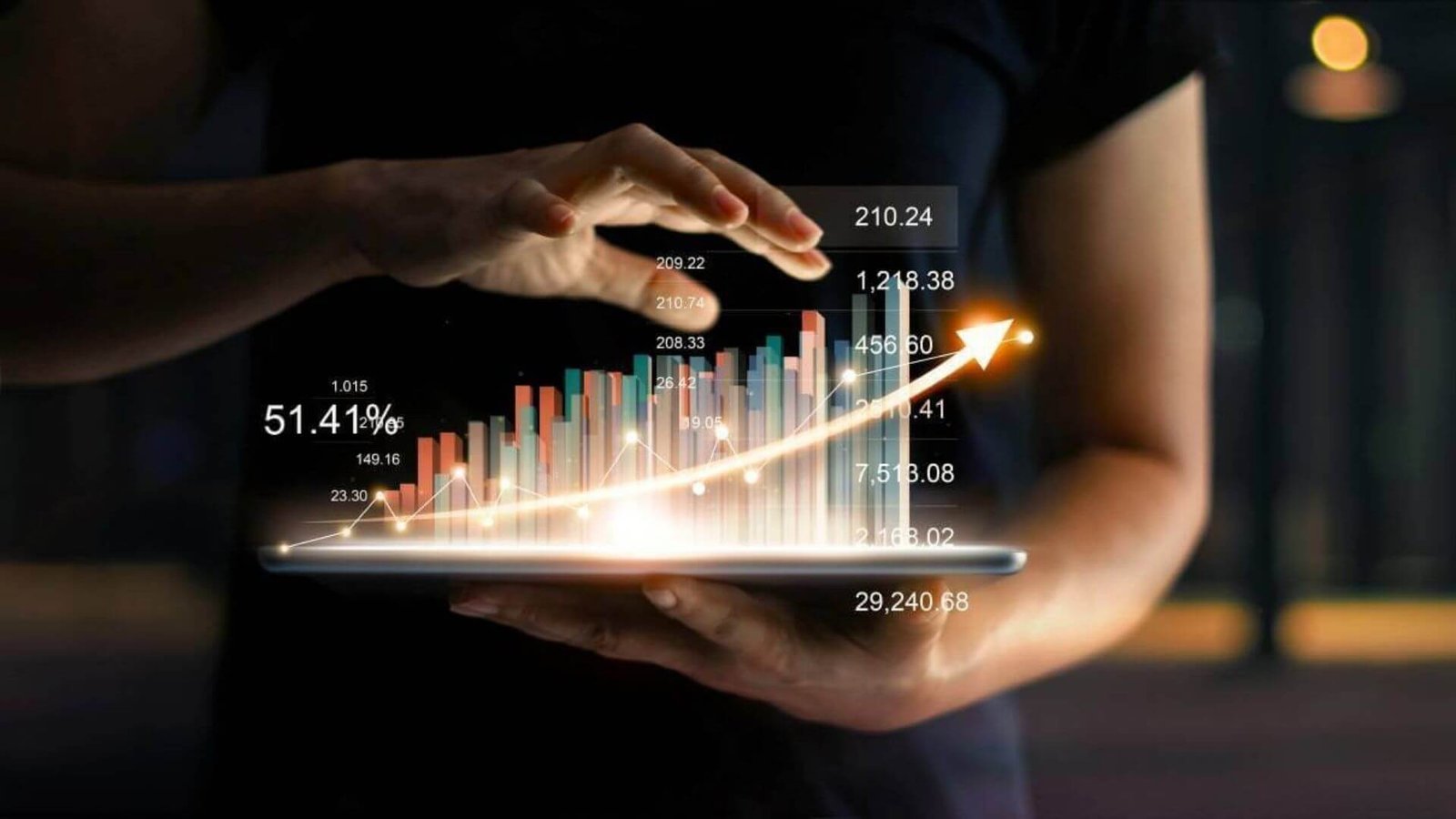Data: Your Business Goldmine
Every day, tourism businesses collect data: spreadsheets, occupancy reports, guest satisfaction surveys, reviews on Google and TripAdvisor.
Yet, most of this information remains unused, locked away in files that no one opens.
This represents a huge opportunity to be unlocked.
The good news?
With AI-powered data analytics in tourism, you can transform raw numbers and reviews into clear, actionable insights that help you price smarter, improve the customer experience, and increase revenue.
This article shows how AI-driven data analytics for tourism can help you through accessible tools.

The Hidden Treasure in Your Data
Think of your company’s data as a diamond in the rough. It’s already there, but until you polish it, its value is invisible.
Tourism companies generate data in many forms:
▪️Booking and occupancy spreadsheets → dates, room types, ADRs, cancellations.
▪️Guest profiles → demographics, preferences, repeat stays.
▪️Financial reports → revenue, costs, marketing spend.
▪️Reviews and surveys → star ratings, written comments, post-stay surveys.
▪️Website and social media analytics → traffic, clicks, conversions, campaign results.
Each of these data sets contains answers: which packages actually sell, which guests return, which marketing campaigns actually convert.
Ignored, it’s just noise. Leveraged, it becomes a navigation system that guides better business decisions.

Challenges of interpreting raw data
Why do many businesses ignore their data? Several obstacles stand in the way:
- Volume and complexity. Even a small hotel may generate thousands of rows of booking data. Spreadsheets are hard to read and cross‑compare.
- Lack of expertise. Not every SME can hire a data analyst. Many rely on intuition.
- Disconnected systems. Data often lives in separate tools (property management systems, booking engines, social media platforms, etc) making it hard to consolidate.
- Time constraints. Analysing data requires time, which busy owners don’t have.
- Fear of misinterpretation. Making decisions based on incomplete analysis can be risky.
With adoption of AI and big data still low, companies that overcome these challenges will gain an edge.
AI makes it possible by automating complex analysis and presenting results in plain language.

How AI Turns Spreadsheets into Insights
Modern AI systems can interpret structured data. Tools such as ChatGPT with data‑analysis plugins let you upload spreadsheets, ask natural language questions and receive valuable answers.
Step‑by‑step example: summarizing booking data
1. Gather your data.
Export bookings and occupancy from your property management system into a CSV file.
—
2. Upload to ChatGPT, or other AI tool.
Use a secure AI platform that allows spreadsheet uploads. Begin with broad queries:
“Summarise occupancy trends by month”
“Identify periods with highest cancellation rates.”
—
3. Follow up with specific questions:
“Which room type underperformed?”
“What is the average length of stay for return guests?”
—
4. Request suggestions:
“How could we improve our performance?”
—
5. Visualise results.
“Generate graphs, making data visualization easier.”
This workflow turns numbers into clear insights and fosters curiosity about your business.
📝 Example Prompt: Booking Performance
“Here is my spreadsheet with bookings for the past 12 months. Please summarise the occupancy rate by month, highlight the three lowest-performing periods, and suggest two strategies to improve bookings during those months.”

Analysing Guest Reviews with AI
Guest reviews are pure gold. But who has time to read hundreds of them?
AI does.
Sentiment analysis tools can cluster comments, detect urgent issues, and even benchmark your reviews against competitors.
Consider these statistics:
-
93% of travellers say reviews influence their decisions.
-
98% read reviews regularly.
-
73% of all reviews live on Google
Reference: (Exploding Topics).
AI can:
Cluster comments. Identify frequently mentioned topics and summarise sentiments.
Detect urgency. Highlight reviews mentioning serious issues like safety or cleanliness.
Benchmark against competitors. Compare your review ratings with those of similar properties.
Recommend action. Suggest improvements or messaging to address negative feedback.
For example, suppose reviews repeatedly mention slow check‑in processes. The AI might reveal that this issue appears more in peak season and coincide with low staffing levels.
Armed with this insight, you can allocate more staff during busy periods or implement self‑check‑in kiosks.
📝 Example Prompt: Guest Review Analysis
“I’ve pasted guest reviews from TripAdvisor and Google in CSV. Please categorise them into positive, negative, and neutral. List the five most frequently mentioned issues and the five most common compliments. Suggest practical changes to improve the negative areas.”
Pricing and Revenue Decisions
One of the biggest chalenges for hotels, resorts, and operators is knowing when to adjust pricing.
Charge too much and occupancy drops; charge too little and you leave money on the table.
AI-powered data analysis in tourism makes this process easier by calculating average daily rate (ADR) and revenue per available room (RevPAR), and showing where you stand compared to industry benchmarks.
📝 Example Prompt: Pricing & Revenue
“From this spreadsheet of booking data, calculate my Average Daily Rate (ADR) and Revenue per Available Room (RevPAR) for each quarter. Compare them to the industry average (assume $120 ADR and $90 RevPAR) and suggest if my weekday vs. weekend pricing should be adjusted.”
Reducing Cancellations with Data
Every cancellation is lost revenue and wasted marketing spend.
Often, cancellations follow hidden patterns, seasonality, flight times, or room types.
AI can help connect the dots.
📝 Example Prompt: Cancellation Analysis
“Here is my booking spreadsheet. Please analyse cancellation rates by season and by room type. Identify the top reasons guests give for cancelling (from the comments) and recommend specific actions to reduce cancellations by at least 10%.”
Smarter Marketing Decisions
Tourism businesses spend heavily on marketing but rarely measure what truly works.
AI can cross-analyse website analytics, social media campaigns, and booking data to show ROI clearly.
Often, this reveals surprising insights, like Instagram driving engagement but not conversions, while email campaigns quietly outperform.
📝 Example Prompt: Marketing Return Of Investment (ROI)
“Here are three datasets: website analytics, social media campaign results, and booking conversion data. Please cross-analyse them and tell me which marketing channels bring the highest ROI. Suggest two channels I should increase investment in and one channel I should reduce spend on.”

Key Tourism KPIs to Track
Numbers only matter when they influence decisions. Tracking key performance indicators (KPIs) ensures your analysis translates into action.
Important tourism KPIs include:
Occupancy Rate: percentage of available rooms occupied.
Average Daily Rate (ADR): revenue per occupied room.
Revenue per Available Room (RevPAR): combines occupancy and ADR to measure overall performance.
Average Length of Stay: helps plan marketing and staffing.
Cancellation Rate: indicates booking behaviour and helps refine policies.
Sentiment Score: an aggregate measure of guest feedback across platforms.
Direct Booking Ratio: compares direct bookings to those from third parties.

Weekly Data Routine
You don’t need hours. A five-step routine is enough to build a culture of data-driven action.
Once in a week:
1. Upload bookings. Ask AI for key trends.
2. Analyse new reviews. Spot urgent themes.
3. Review KPIs. Compare to goals.
4. Test a deeper question (e.g., “Do long-stay guests spend more in F&B?”).
5. Share insights with your team and assign actions.
This simple routine can take your business to another level.
Conclusion: From Noise to Navigation
Data is only valuable when it guides action. Although the majority of tourism SMEs still underutilize AI and big data, those who invest will stand out.
AI can summarize spreadsheets, analyze sentiment, track KPIs and surface insights that would otherwise remain hidden.
Online reviews influence nearly all travelers, and digital behaviors continue to evolve quickly.
By embracing IA Turismo data analysis, you turn information into a strategic asset.
Start small but consistent. Within weeks, you’ll unlock patterns that transform how you price, market and serve guests, and you’ll never look at your spreadsheets the same way again.
By: Editorial Team (With AI Help)
Writers specializing in tourism, technology, digital marketing, sales, and business.
You might like:
No Results Found
The page you requested could not be found. Try refining your search, or use the navigation above to locate the post.



